If I were to describe Final Fantasy IV to a person who has, somehow, played the first three games yet never touched the fourth, I would say that it blends the best qualities from each of its trilogy of predecessors. It has Final Fantasy‘s quartet of elemental bosses and their wicked mastermind. Except better. It has Final Fantasy II‘s attempt at rebel melodrama and a more intricate narrative. Except better. And it has Final Fantasy III‘s obsession with airships and abrupt revelations. But… well, no. I’d say they’re about equal there.
Reviewing Final Fantasy IV Pixel Remaster, at least in my mind, is also a matter of blending. FFIV may be one of the more well-known entries in an exceptionally well-known franchise, but there are people out there who have never touched the game. Maybe you’re one of them. But there are millions of fans who are eager to return to the realms of Baron and Fabul for the second time or the third time, or — I’m not naming names here, but quietly pointing the finger toward myself — the tenth. For us, it’s important that Pixel Remaster performs its duty admirably.
Are the new sprites solid and worth the swap from the older fare? Is the newly-arranged soundtrack, overseen by the legendary Nobuo Uematsu himself, as suitably epic as it ought to be? Are the special features and quality of life improvements an acceptable replacement for missing content from prior ports like 2005’s Final Fantasy IV Advance?
Back when Tony Garsow reviewed the Pixel Remasters for Final Fantasy I, II, and III, one of the lines that stood out to me the most pertained to how he described the new versions as something of a “grab bag” of features from previous releases. This approach, he explained, is “bound to please some and detract others.” Look, I hate to mercilessly nab words from another writer’s thoughts for a review as relatively straightforward as this one, but he was spot-on then and his statement still rings true with Final Fantasy IV Pixel Remaster.
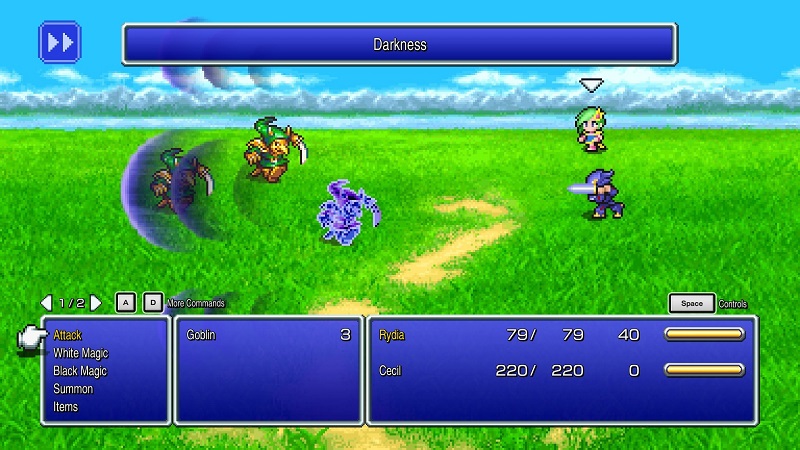
Give in to your hatred.
Let’s briefly talk about the basics, because again, there’s bound to be someone out there wondering if this is the time to finally introduce themselves to a classic. The protagonist is Cecil, a Dark Knight in the service of Baron’s king. The king has been acting strangely of late, you see, and that strangeness has prompted him to push Cecil into murdering innocent people. Cecil isn’t too hot on that, nor is his close friend, Kain. Cecil’s beau, Rosa, hopes for the best but fears for the worst. It’s a rotten bout of luck for the Dark Knight, made all the worse when he carries something on the king’s behalf called the Bomb Ring and he’s somehow shocked when it explodes. (At least the DS remake had the good sense to retranslate that into Carnelian Signet.)
It isn’t a huge spoiler to say that Cecil embarks on a quest for redemption, putting him and his burgeoning group of allies at odds with a madman named Golbez who’s got big plans, and those plans are predictably unsavory. Final Fantasy IV has a tendency to go heavy on the “Saturday morning cartoon” vibe, including numerous fake-out character deaths and increasingly incredulous plot beats. But it’s rather charming in its earnestness, and there are a handful of story moments that still hit home for me three decades later. There’s also a late-game aspect that screams Final Fantasy XIV: Endwalker, so if you’re one of like, ten trillion people who play XIV and you’re looking for the shape of things to come, you could certainly do worse.
Combat is the intersection through which I can now rope in long-time Final Fantasy IV gurus on the fence as to whether or not to drop their cash into Square’s coffers. It’s not that things have changed, per se, so much as they’ve regressed. Perhaps it’s unfair of me to reference Final Fantasy IV‘s full-blown Nintendo DS remake (or as Square Enix now calls it, Final Fantasy IV 3D Remake), but I appreciate that version’s difficulty spike. Mostly, Pixel Remaster plays things safe; you can rely upon the abilities your characters gain through leveling to get you through nearly anything with alarming ease.
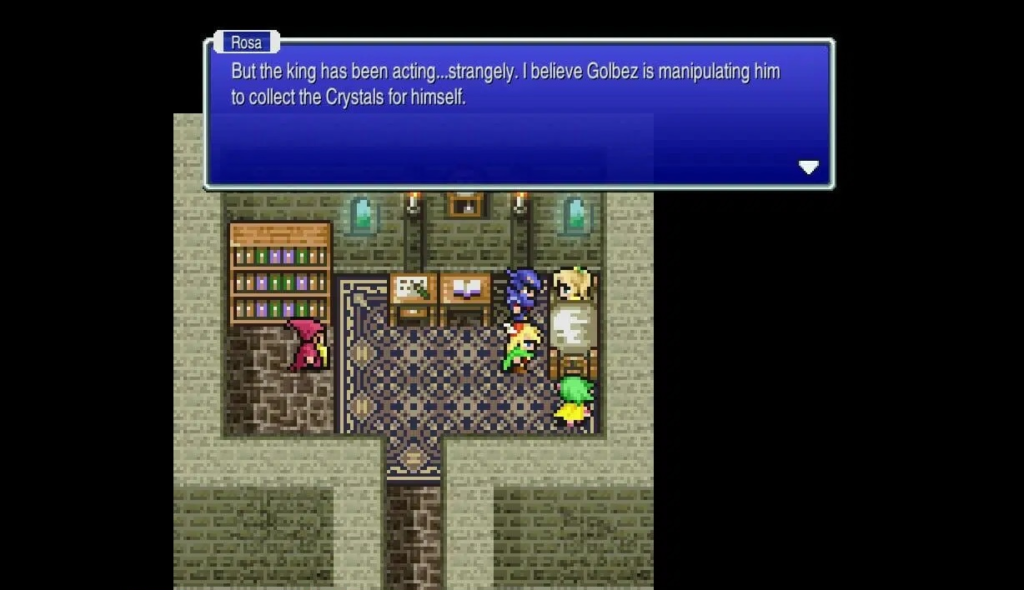
Better font. Better font. My kingdom for better font.
Given that this was the case with most of the earlier 2D ports, I wouldn’t call attention to it if there weren’t a specific reason for doing so. The fact is, Final Fantasy IV Pixel Remaster needed a bit more baking in the proverbial game-making oven. Unlike the earlier Pixel Remaster chapters, this one’s got some nasty glitches that I hope to see ironed out as soon as possible. But it’s been several weeks now since the game’s release, and I’ve not heard of any sweeping fixes to the biggest issue of them all: sometimes, enemies forget that they’re your enemies.
Multiple times throughout my adventure, foes stopped attacking altogether. I’d test it out by having my characters defend for multiple rounds. Sure enough, no dice. This wouldn’t be so bad if I hadn’t seen it happen in one of the most epic clashes the story has on offer. The music builds up, the characters swell with courage, the villain laughs ruthlessly, and then… uh, stops caring? It was an unfortunate sight to behold, marred all the more so when I fought another important antagonist who screwed up one of the game’s more clever strategies by repeatedly damaging himself.
So, that’s problematic. But it’s not a deal-breaker when things usually function as intended. It’s just a troubling sign that not every dot was connected in time for launch and something that I hope will compel Square to give V and VI some extra effort. (On a more hilarious yet nevertheless related note, beware Hedgehog enemies near the city of Troia. They were buffed to oblivion. They’re the true villains now.)
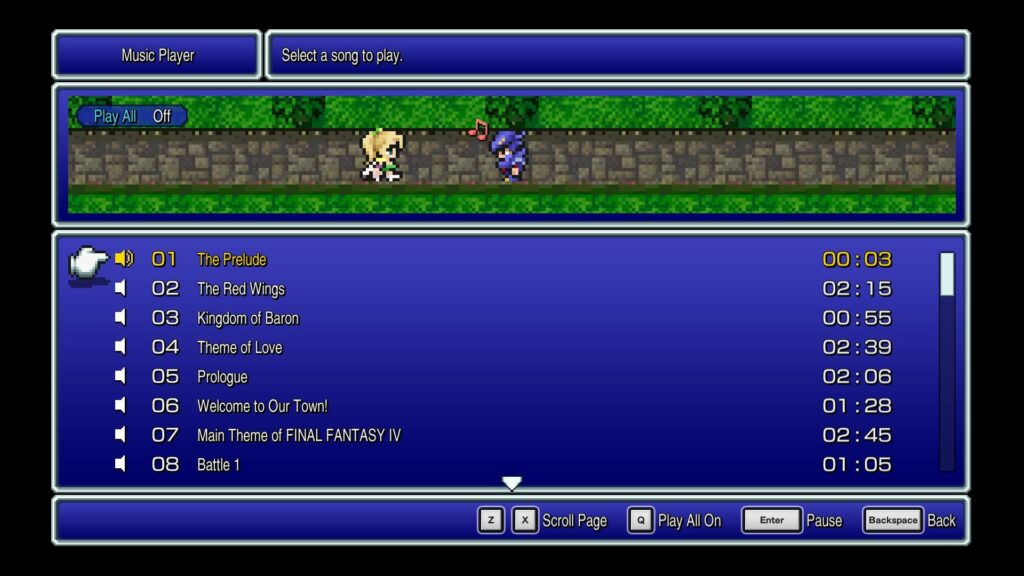
The best part of the game.
Thankfully, nothing else in Final Fantasy IV Pixel Remaster seemed remotely broken. There’s the matter of the what-were-they-thinking font, but PC players have the option of digging around for approximately two seconds to find a scripting tweak. (My condolences to mobile players.) In this case, it’s not the fault of the game itself but rather the entire Pixel Remaster line — I dare say that when the dust is settled and we’re years down the road, the terrible font is going to be the chief talking point among detractors.
Kazuko Shibuya, the woman behind the design work for the original versions of these games, continues to instill newfound excellence in her revamped sprites. Truly, one of the greatest gifts the gaming medium has gotten out of this seemingly endless renaissance of SNES-looking indie games is the chance to see gorgeously detailed sprites in high resolution. It’s been a dream of mine to see that resurgence prompt Square to go back and touch up the classics without making a mess of things and I’m delighted to see that dream fulfilled.
And the soundtrack. Oh, sweet mercy, the soundtrack. Final Fantasy IV Pixel Remaster‘s spin on timeless chiptunes is probably my favorite thus far; if the Final Fantasy VI Pixel Remaster musters up the same effort with its virtually unrivaled tracks, I’ll never complain when the Dragon’s Den bonus dungeon is inevitably removed. (Except just this once. Preemptively. Damn you, Square Enix, that was fun.)
I’m hard-pressed to pick just a few favorites, but the first time I heard “Welcome to Our Town!” I stood around like a dummy for at least 20 minutes savoring every beat. “Battle 2” is pure adrenaline-driven aural bliss, and I don’t staple those words together into a borderline-questionable term lightly. “The Lunarians” is just as wacky and intensely alien as ever, but taken in a new direction that suits the song just as nicely.
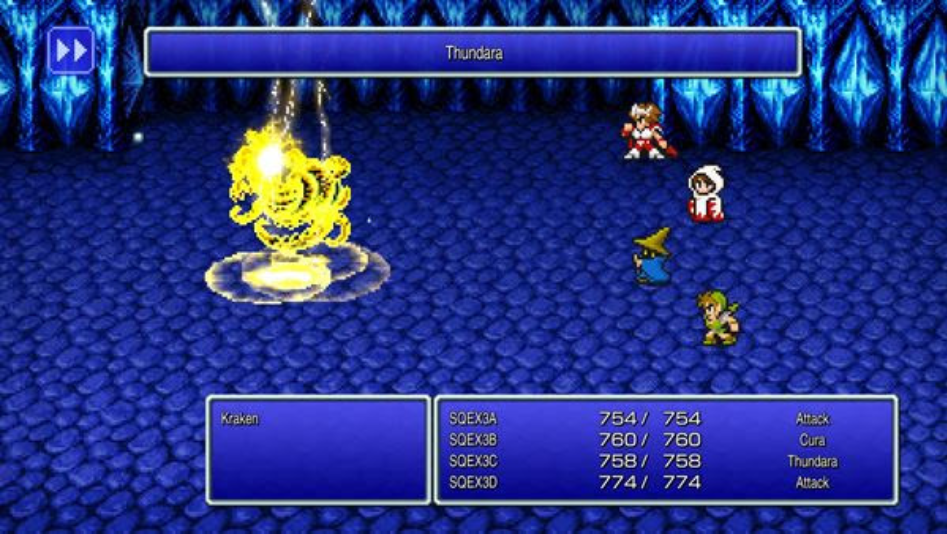
What is it with Square Enix character names these days?
Last but not least, Final Fantasy IV Pixel Remaster benefits from the same quality of life enhancements as its predecessors. The addition of a somewhat sped-up auto-battle is welcome, though I’d prefer that it sped things up a bit more. Auto-saving can be a lifesaver if the power goes out, though I can’t imagine many instances in which players will get stuck on a boss fight and need a lift.
The bestiary and music player are nifty adds, but the real star of the show is the inclusion of a minimap at the top-right of the screen to help poor directionally challenged blokes like myself not fly over the ocean for literal minutes trying to find the entrance to the Dwarven underworld. You can also access maps at any point while you’re inside dungeons, and they’ll even mark the locations of treasure chests. Some will no doubt opt not to “cheat” and give it a glance, and that’s fine. I’m not “some.”
What’s the verdict, then? I spoke at some length about the glitchier side of the equation immediately before praising the port in every other major respect. The story’s unchanged, of course, and the minor blow to the gut regarding the lack of GBA bonus content is worth a mention. But the visuals are lovely, the sounds are divine, and the map, for all its simplicity in notion, is a surprisingly strong feature.
Final Fantasy IV Pixel Remaster is a solid enough rendition to earn my recommendation, albeit with caveats. Go into it anticipating some bizarre battle moments. If you’re purchasing the game on iOS or Android, be prepared for a rough font that can’t be amended. (If you’re purchasing it on PC, just… amend it.) And if your love for Final Fantasy IV extends irrevocably to the GBA material, steer clear.
But if the soundtrack is important enough to you, or the modernity of Steam and smartphones is enough of a hook in its own right, or the refined looks have you hyped, then look no further. I can’t put this particular Pixel Remaster on par with its NES peers, but it’s still Final Fantasy IV — so it’s still a good time.
Version Tested: Steam
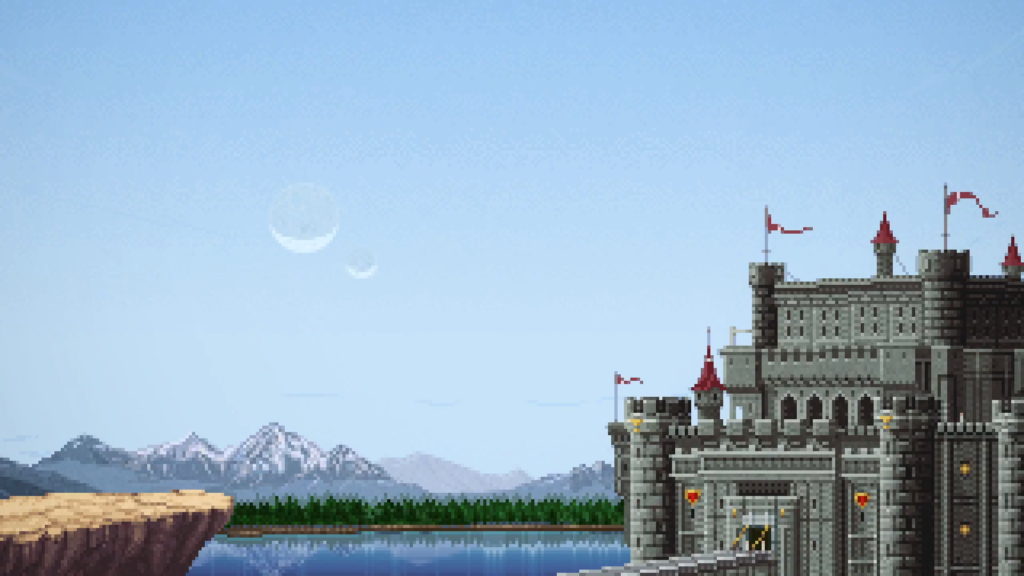
Recent Comments